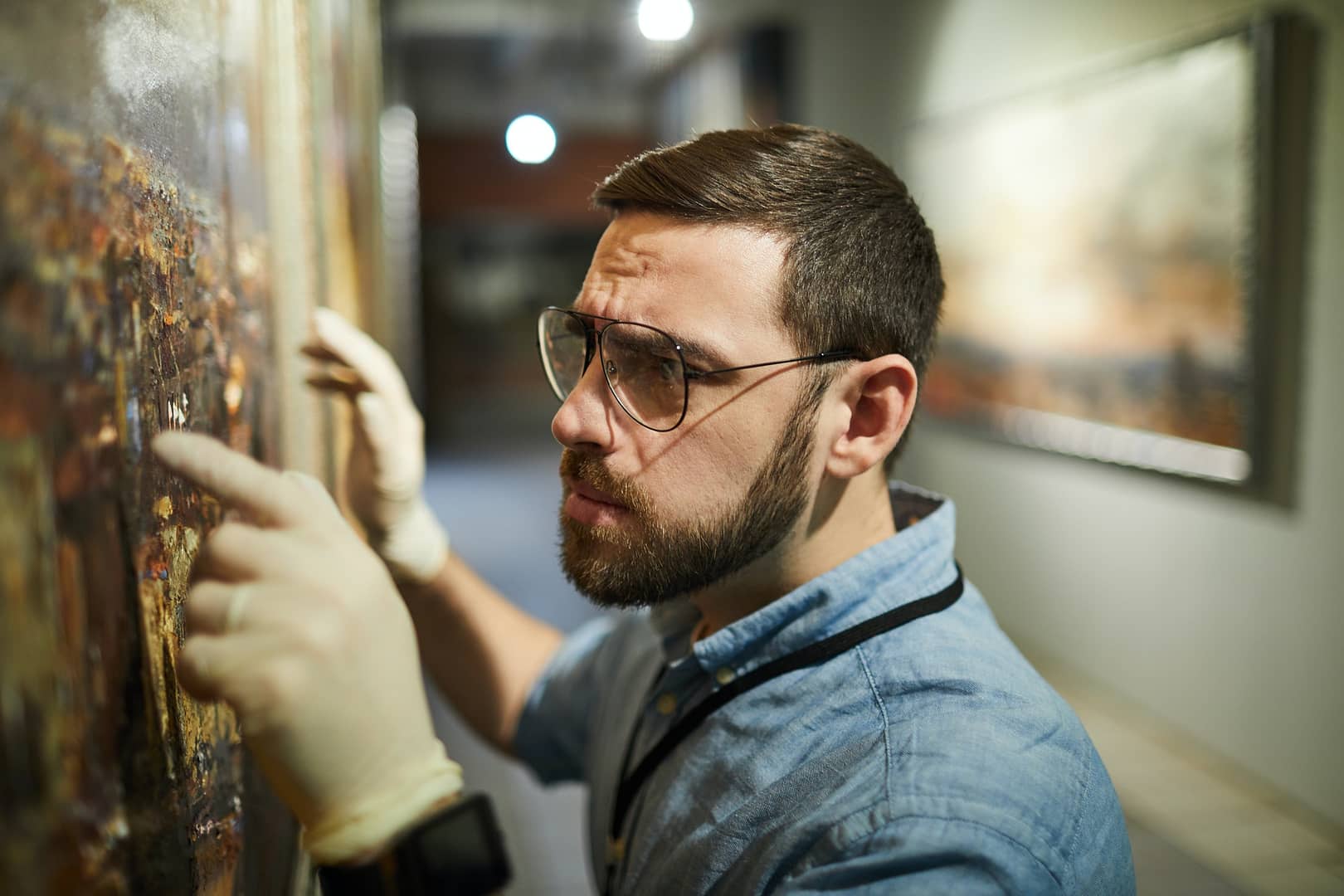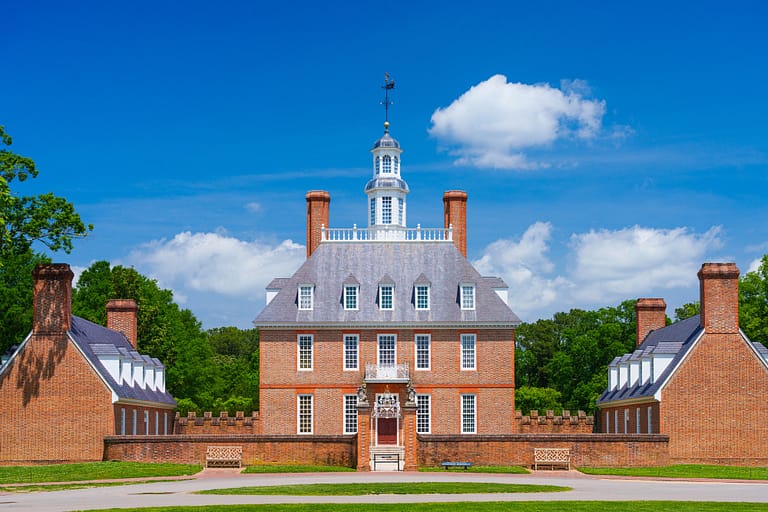Restoring Dallas: A Step-by-Step Guide
Welcome to 'Restoring Dallas: A Step-by-Step Guide,' your essential tool for bringing Dallas back to its former glory.
This guide provides practical steps and valuable insights to help you revitalize historic homes and community spaces with confidence and clarity.
By following this roadmap, you can play a vital role in transforming Dallas into a beacon of beauty and resilience.
Grab your tools, and let's begin this journey together.
Key Takeaways
Welcome to 'Restoring Dallas: A Step-by-Step Guide.' This guide will help you bring Dallas back to its former glory by revitalizing historic homes and community spaces. You'll find practical steps and valuable insights to guide you with confidence and clarity.
By following this roadmap, you can play a vital role in transforming Dallas into a beacon of beauty and resilience. So, let's grab our tools and begin this journey together.
Assessing the Damage
Before starting the restoration process in Dallas, it's important to assess the damage caused by the recent events. This helps to understand the full scope of the situation.
Begin by inspecting the structural integrity of buildings, roads, and other infrastructure. Make sure to document any visible damage to homes and businesses.
It's also crucial to evaluate the impact on essential services such as water, electricity, and communication networks.
Once you have a clear understanding of the damage, you can start developing a restoration timeline. This timeline should outline the necessary steps to repair and rebuild the affected areas. Setting realistic goals and timelines will help you efficiently work towards restoring Dallas to its former state.
Securing Permits and Approvals
Getting the necessary permits and approvals for the restoration process in Dallas is crucial to comply with local regulations. To make the permit process easier, follow these steps:
First, research to find out which permits you need for your restoration project. Contact Dallas City Hall or visit their website to get the required permit information.
Once you know the permits you need, submit your applications promptly and make sure to include all necessary documentation to avoid delays.
Be aware of the approval timeline for each permit. Understanding this timeline will help you schedule the restoration work effectively and avoid delays due to pending approvals.
Selecting Materials and Finishes
When you pick materials and finishes for your restoration project, think about how durable each option is. It's important to choose materials that can last a long time and can handle different weather conditions.
Also, try to match the finishes and materials throughout the project to create a unified and polished appearance. For example, you might consider using stainless steel hardware for outdoor projects because it's resistant to corrosion and can endure harsh weather conditions.
This ensures that your restoration project not only looks great but also stands the test of time.
Material Durability Considerations
When choosing materials and finishes for restoring Dallas, it's crucial to prioritize durability to ensure they can withstand the test of time and environmental factors.
Here are some important considerations to keep in mind:
- First, it's essential to conduct thorough durability testing on potential materials before making any decisions. This testing will help determine how well the materials will hold up over time and in different weather conditions.
- Additionally, it's important to consider how each material ages over time. Some materials may deteriorate quickly, while others may maintain their appearance and integrity for decades, reducing the need for frequent replacements.
- Another key factor to consider is environmental resistance. It's important to choose materials and finishes that can withstand environmental elements such as UV radiation, moisture, and temperature fluctuations. This will help ensure that the restored structures and surfaces in Dallas remain in good condition for years to come.
Harmonizing Finishes and Materials
When choosing materials and finishes for restoring Dallas, it's important to carefully coordinate them.
Blend textures to create visual interest, like combining smooth and rough surfaces.
Coordinate colors to ensure a cohesive look throughout the restoration.
You have the freedom to experiment with different combinations to find what best suits the historical and architectural context of the area.
Use a variety of finishes to add depth and dimension to the space, allowing individual elements to stand out while still contributing to the overall harmony.
Demolition and Removal
Before you start demolishing and removing a building, it's crucial to check its structural strength and get the required permits. Once you have the go-ahead, you can approach the process confidently.
Here's what you need to consider:
Demolition Techniques
Consider using methods like selective demolition or deconstruction to salvage reusable materials and reduce waste. You can also use heavy machinery such as excavators and bulldozers for larger-scale demolition, but make sure to have safety measures in place.
Waste Disposal Methods
Carefully separate materials to ensure recyclable items are sorted from general waste. It's important to hire reputable waste management companies to responsibly dispose of hazardous materials and efficiently handle the recycling process.
Reconstruction and Installation
Now, let's focus on the important step of rebuilding and installing.
It's crucial to choose materials that match the overall look and function. Also, make sure the restored parts are strong to ensure they last a long time.
To achieve this, consider using durable materials like stainless steel for installations, as they offer both strength and a sleek appearance.
This attention to detail will result in a visually appealing and long-lasting outcome.
Choosing Materials for Installation
When you're planning your Dallas restoration project, one of the first things to think about is the materials you'll use. It's essential to consider both the cost of the materials and how sustainable they are. You should also think about how the materials will look and how well they'll work for your specific needs.
Here are some options to consider for flooring, roofing, or interior design elements:
First, there's wood. It has a warm, natural look and can be sustainable if it's sourced responsibly. It's also durable and can give your project a timeless appeal.
Another option is metal. It's known for being long-lasting and strong, so it can be a great choice for roofing and structural elements. It also has a sleek, modern look.
You might also want to think about using recycled materials. These can add unique and sustainable elements to your restoration project. For example, you could use reclaimed wood or recycled glass to add character and eco-friendliness to your design.
Ensuring Structural Integrity
During the reconstruction and installation phase, it's essential to follow building codes and regulations strictly to ensure the structure's integrity. Key steps include assessing stability and reinforcing foundations. These steps are crucial for a successful reconstruction and installation.
Let's break down the important considerations during this phase:
Firstly, it's important to comply with building codes by following regulations. Stability checks are necessary to assess the structural stability; engaging a professional for this task is crucial.
Additionally, reinforcing the foundation to strengthen the base is essential, and consulting engineers for this step is recommended. Using reliable products from reputable suppliers and hiring qualified contractors for expert installation are also vital considerations.
Final Inspections and Clean-Up
Once the restoration process is finished, it's crucial to carefully inspect the area and then start the clean-up phase to ensure everything meets quality standards.
When cleaning up, it's best to use environmentally-friendly cleaning products to reduce the impact on the environment after the renovation. Use advanced cleaning methods to get rid of any dust and debris that may have accumulated during the restoration. Make sure to thoroughly clean all surfaces, including walls, floors, and fixtures, using the right post-construction cleaning techniques.
Once the final inspection is completed, begin the clean-up process to return the area to its original state before the restoration. By using effective cleaning techniques and considering the environment, the site can be restored while maintaining sustainability.
Frequently Asked Questions
What Are Some Common Challenges That Homeowners Face During the Restoration Process?
Restoring a home can come with several challenges. It's crucial to be prepared for unexpected issues and be flexible with the timeline. Selecting the right materials is important for both quality and sustainability. For instance, using eco-friendly paint can reduce environmental impact. Additionally, considering products like water-efficient faucets can contribute to long-term conservation. These are just a few examples of the many factors to keep in mind during the restoration process.
How Can Homeowners Ensure That the Materials and Finishes They Select Are Environmentally Friendly?
To make sure the materials and finishes you choose are good for the environment, consider options like bamboo flooring or recycled glass countertops. These materials are sustainable and have less impact on the environment. Look for eco-friendly certifications for products like low VOC paint. This helps you understand and choose products that are better for the environment. For example, low VOC paint releases fewer harmful chemicals into the air, improving indoor air quality. By making these choices, homeowners can contribute to a healthier planet while creating a beautiful home.
Are There Any Specific Regulations or Guidelines for Demolition and Removal in the Dallas Area?
Demolition and removal regulations in Dallas prioritize safety and environmental protection. These guidelines ensure responsible disposal and aim to minimize the impact on the community. For instance, before starting a demolition project, it's important to obtain the necessary permits from the local authorities. Additionally, considering the environmental impact, specific rules govern the disposal of hazardous materials to prevent contamination. Following these regulations not only ensures compliance but also contributes to the overall well-being of the community and environment.
What Are Some Unexpected Costs That Homeowners Should Be Prepared for During the Reconstruction and Installation Phase?
During home reconstruction and installation, it's crucial to be ready for unexpected costs that can impact your budget. Understanding your insurance coverage, making wise material choices, and considering the environmental impact can help manage these expenses. It's important to stay flexible and plan for unforeseen costs to avoid financial strain. For instance, opting for energy-efficient appliances and materials, such as low-flow faucets and LED lighting, not only helps the environment but can also lead to long-term cost savings. Being mindful of these factors can make the reconstruction process smoother and more cost-effective.
Are There Any Special Considerations for Final Inspections and Clean-Up in Historic or Older Homes?
When it comes to final inspections and clean-up in historic or older homes, it's crucial to give them special attention. These homes hold historical significance and require careful handling to ensure they remain in excellent condition. For instance, just like how a vintage car needs meticulous care to maintain its beauty, these homes also need thorough inspection and cleaning to preserve their charm and character. Therefore, it's essential to approach the final inspections and clean-up of older homes with extra care and attention to detail.







